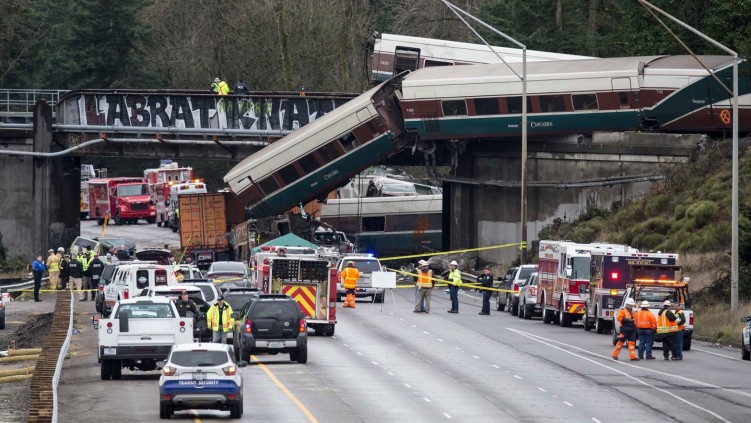Deprecated: Creation of dynamic property ET_Builder_Module_Comments::$et_pb_unique_comments_module_class is deprecated in /home4/readynow/public_html/wp-content/themes/Divi/includes/builder/class-et-builder-element.php on line 1425
Resiliency Off Track
Based on recent train crashes in the United States and Greece, the transportation industry is on notice. Beyond the obvious tragedy of injuries and fatalities, the residual environmental hazards will force the hand of transportation to absorb the higher cost of insurance and loss mitigation.
Railroad deaths totaled 893 in 2021, a 20% increase from the 2020 revised total of 744 and the highest since 2007. Nonfatal injuries totaled 5,781, a 4% increase from the 2020 revised total of 5,544. From 2020 to 2021, fatalities at highway-rail crossings increased 21%, while fatalities involving other types of incidents increased 20%. The latter included 617 deaths (94%) attributed to trespassers. Eleven employees were killed while on duty, equal to the 2020 death toll. There were six train passenger deaths, up from two deaths in 2020.
The ratio of railroad-related deaths to nonfatal injuries and illnesses is about 1:6. In 2021, of the total 893 deaths, 26% occurred at rail crossings. Of the 3,216 nonfatal occupational railroad injuries and illnesses reported in 2021, 66 were attributed to highway-rail crossing incidents.

Operational resiliency companies, like ReadyGlobal, empower transportation companies to reduce common hazards that can lead to train crashes that include:
- Human error: Train operators can make mistakes that result in train crashes. This can include misreading signals, not following established procedures, or operating trains while under the influence of drugs or alcohol.
- Mechanical failure: Train crashes can also occur due to mechanical failures such as brake failures, faulty tracks, or faulty train components.
- Weather-related hazards: Weather events such as heavy rain, snow, or fog can make it difficult for train operators to see and respond to hazards on the tracks, leading to accidents.
- Infrastructure hazards: Train crashes can also result from hazards on the tracks, such as obstacles or debris.
The transportation industry must drive various safety measures, from regular maintenance and inspections of trains and tracks, to improved signaling systems, and better health, safety, and resiliency training for train operators. The industry is also exploring new technologies such as autonomous trains that can potentially reduce the risk of human error. Overall, while train crashes and hazards continue to be a concern, ongoing efforts to improve safety are helping to reduce the likelihood of accidents and keep passengers and cargo safe.


0 Comments